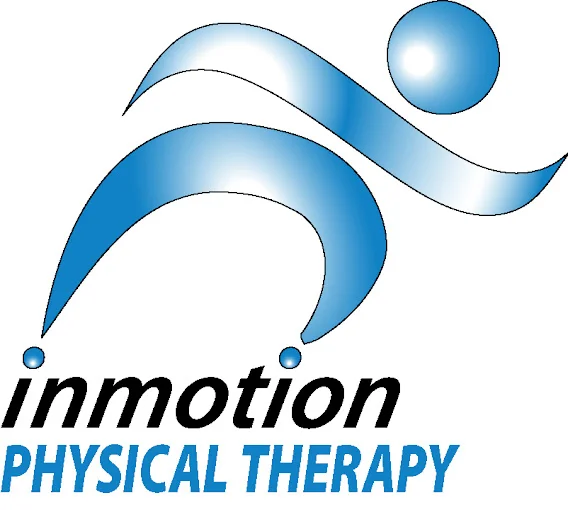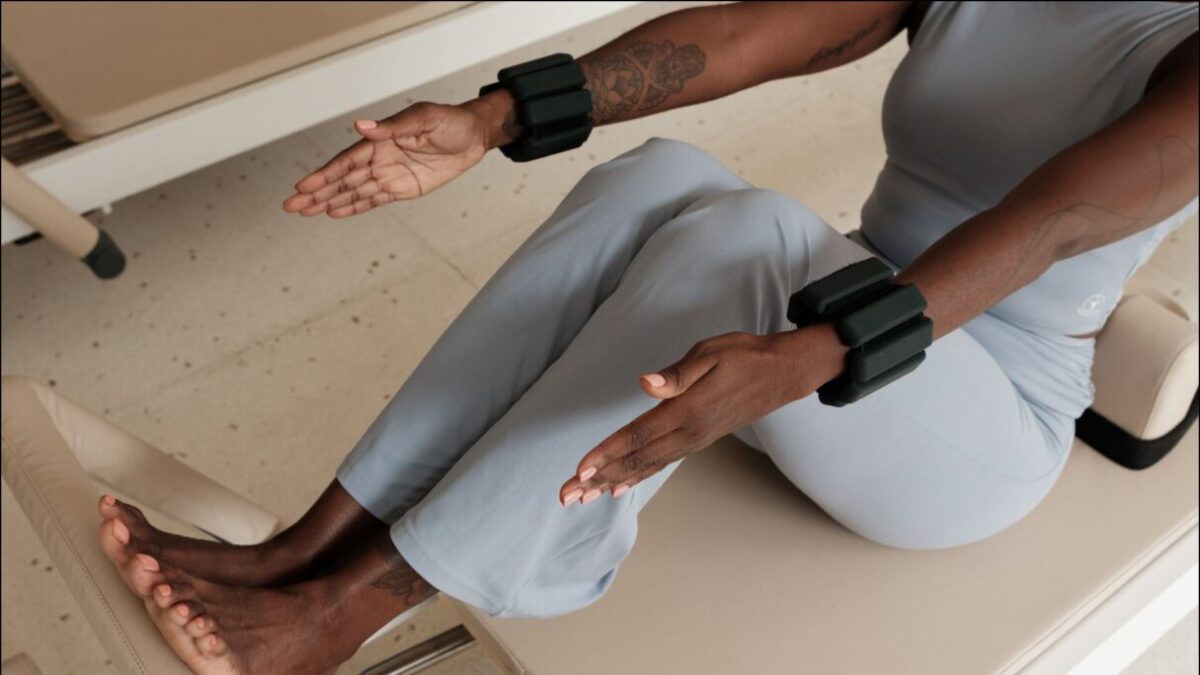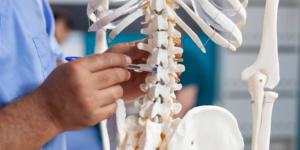Golfer back pain is a very common complaint among recreational and professional golfers. According to the Titleist Performance Institute, 28.1% of all players deal with lower back pain after every round1.
If you are a golfer, it can feel like a constant battle between your love for the game and the twinges in your back. The good news is, it doesn’t have to be that way!
By understanding the biomechanics of the golf swing and incorporating some preventative measures, you can tee off pain-free and enjoy your rounds this season and beyond.
This blog post will discuss common lower back injuries in golfers, causes of lower back injuries, prevention of lower back pain, and treatment of golfer back pain.
Common Injuries Resulting in Golfer Back Pain
1. Disc Herniation
A herniated disc in the spine is a condition during which the inner part of your disc is moved out of the intervertebral space (where your spine aligns). Disc herniations are VERY common, and oftentimes not a cause for concern. With the onset of a disc herniation in golfers there is a 79% return rate in an average of less than 5 months2.
[If you are having radiating pain or numbness into your leg, or have weakness or difficulty going to the bathroom please seek medical attention.]
Disc herniations are similar to getting gray hair as we age, it’s part of getting older but it doesn’t mean it has to hurt. You may even have one right now and not know about it! However, these injuries can be exacerbated by motions such as twisting, bending, and lifting- all parts of your golf game. The good news is that exercise is recommended to prevent and treat disc injuries so it won’t hold you off the course for too long. The stronger and more flexible you are, the less likely that your golf game will be the cause of this injury.
2. Facet Syndrome
Facet syndrome is a painful irritation of the posterior part of the lumbar spine which causes lower back pain. Swelling and inflammation of this area can aggravate the nerves resulting in localized pressure and pain at the joint site. The pain can be reproduced by bending to the side and usually results in having to walk your hands up your legs to stand back up from a flexed position.
3. Disc Degeneration
Another natural occurrence with aging, degenerative disc disease often sounds much worse than it is. The intervertebral discs between your spine are responsible for absorbing shock and stress, but as we age they lose mobility and cushioning. At least 30% of people aged 30-50 will have some degree of disc degeneration, but many will not even know it. Conservative treatment is usually indicated in these cases, only resulting in surgical intervention after medication and physical therapy is proven ineffective.
4. Muscle Strain (paraspinal muscles)
Each vertebra of your spine is connected by an extensive set of muscles known as the paraspinals. These small muscles provide stability to your spine. They are important in allowing us to maintain proper posture and require regular strengthening and endurance training to combat the amount of time the “normal” person sits in a chair. These are the muscles that you feel go into spasm when your lower back hurts after you twist or bend the wrong way.
Causes of Golfer Back Pain
1. Biomechanics of Golf Swing
The golf swing is a complex motion that involves twisting, bending, and rotating your spine. These repetitive movements can put stress on your lower back muscles (up to 8 times your body weight!3) and discs, leading to pain and discomfort. Here are the 3 most common biomechanical mistakes made with the golf swing:
- Reverse Spine Angle is an excessive backward bend or tilt of the upper body towards the target during the backswing. In a proper golf swing, you should tilt away from your target as you rotate your torso during the backswing. However, when you have limited hip or upper back mobility or core weakness you round forward, increasing your risk for injury. This also will result in loss of power and inconsistency with your clubface angles.
- S-Posture is excessive arching of the lower back due to muscle imbalances in your hips. Because of tightness in the front of your hips, and weakness in the glutes and core you are unable to rotate correctly through your hips. This can reduce your power on the ball, and create inconsistent ball striking.
- Hanging Back is the inability to weight shift to the front foot on the downswing. This can force excess side bending, resulting in increased pressure on the lumbar spine.
2. Overuse
Many golfers go straight from their 40 hours behind a desk during the week onto the golf course playing 3 rounds in a weekend. Without any type of strength or aerobic training during the week, this is a disaster waiting to happen!! Your body needs to be ready to withstand the stress that you put through it. Unfortunately, as we age, we lose muscle strength and flexibility UNLESS we actively work against it. With a good strength and exercise plan, you can combat the aging process and continue to golf your best without pain.
3. Stance Position
Stance position plays a crucial role in lower back pain for golfers, influencing both immediate discomfort and long-term biomechanical stresses. Uneven stance position, such as standing in a bunker or on the hill of a course can affect the position of your hips. This uneven weight distribution can affect your swing and cause pain in your lower back.
Causes of Golfer Back Pain
1. Golf Warm Up
I know- you don’t have enough time. What if I told you that all it took was 3 minutes to warm up for golf to help prevent an injury?
A proper warm-up is crucial to your golf game. In a study comparing a dynamic warm-up to hitting 25 balls off the tee, a dynamic warm-up resulted in a significant increase in clubhead speed and ball speed1. So not only will you help prevent an injury, but you will also be able to hit the ball further!
2. Golf Swing Mechanics
Limited flexibility and strength can affect your golf swing. As discussed earlier in the Biomechanics of the swing, there are swing faults that can contribute to golfer back pain. A golf expert, such as Sarah Conroy, can do a thorough analysis and make adjustments to your swing to help decrease stress on your lower back with your golf swing.
3. Mobility for Injury Prevention
Golfers are usually not known for their flexibility like gymnasts are. Often they present with tightness in their shoulders, upper backs, and hips. Here are 3 stretches you can try to improve your mobility for golfing:
- Golf Club Around the World (Shoulder)
- Half kneeling thoracic rotation (Upper Back)
- ½ kneeling Hip Flexor Stretch (Hip)
4. Strength for Golfers
Improving strength is crucial for decreasing risk for injury, and if you want to improve your golf game. The easiest way to add more distance to your drive is to get stronger!
Here are 3 core exercises to try:
- Pallof Press
- Bird Dogs
- Dead Bug
Causes of Golfer Back Pain
Unfortunately, not all injuries can be prevented and there may be a time when you find yourself off the course due to injury.
While we cannot speak to your specific injury, there is a generalized progression of lower back pain treatment here at In Motion Physical Therapy. We advise you to create a multidisciplinary rehabilitation team including physicians, PTs, and golf professionals to address the injury and swing mechanics to return to golf safely.
(Disclaimer: this is not medical advice, please consult with your physician regarding your specific condition)
1. Modalities
During the acute phase of your injury, the goal is to reduce pain. Short-term inflammation is your body’s way of healing, but long-term inflammation can lead to problems. Modalities such as ice, heat, electrical stimulation, and pain-reducing medications can be used during this time.
2. Short term rest
Complete bed rest is no longer recommended for lower back pain. Upon injury, you should take rest from activities that exacerbate your symptoms, but it is safe to continue most of your everyday activities. We recommend that you change positions every 30 minutes (sitting, standing, walking) and continue to use the modalities that help relieve your pain.
3. Gentle Movement
Movement should be reintroduced very quickly after an injury! A skilled Physical Therapist should be able to prescribe stretches that are gentle enough to alleviate discomfort and promote blood flow (which will help heal your tissues and injury). Lower body stretching exercises, gentle back movements, and zone 2 aerobic conditioning can be done to speed up healing time after your injury.
4. Strength Training
Regaining muscle strength is a common frustration among injured golfers. Improving core strength, lower body strength, and training through full ranges of motion will help decrease the risk of future injury. During the final phases of rehabilitation, it is important to incorporate golf-specific movements before returning to the driving range.
Return to Play after Golf Lower Back Injury
Tips for returning
1. How to retrieve the ball when your lower back hurts.
Use your putter for balance, stand on one leg, kick the other leg back, and bend forward from your hips to pick up the ball. This decreases the forward flexion from your back and forces you to use more of your leg muscles. Practicing Single-leg RDLs in the weight room will help with this!
2. Reduce your swing length.
As you return to golf after an injury, another way to reduce trunk activation without affecting swing accuracy or velocity is to take a shorter backswing. Be careful though, a shorter swing will put more stress through your shoulders4 (the force has to come from somewhere!)
3. Maintain good posture
The better you can align your body in a correct posture, the less stress you will put through all of your joints. Make sure your hips and upper back are rotating and that your core stabilizes your lower back as you swing.
4. Gradual return
After coming back from an injury you are excited to get back out there on the green! Here at In Motion Physical Therapy, we recommend a gradual return to play. Here are a few things to consider as you return:
- Number of swings you take. Start at the driving range and stop BEFORE you start feeling pain (this part is harder than it sounds!)
- Number of holes to play. If you haven’t played golf in a few weeks, start with a round of 9 holes instead of 18. After a few times that you have been able to play 9 holes without pain, then progress to playing a round of 18.
- Days in a row of playing. It’s tempting to get back out there day after day, but DON’T! Take rest days in between playing to ensure your body can build up the stamina to play more frequently.
5. Can I play golf again after surgery??
Yes! Even after surgery, most people can return to the golf course after 6 months of quality rehabilitation5. You need to communicate your goals with your rehab and medical staff so they can build a program for a safe and successful return.
If you are experiencing lower back pain after golfing, In Motion Physical Therapy is here to help! Contact us today to learn more and schedule your first physical therapy appointment near Farmingdale, NY.
References:
- The Most Important Considerations for Treating Golfers with Lower Back Pain. TPI
- The Science Behind a Golf Warm-Up. TPI
- Iwamoto J, Takeda T, Sato Y, Wakano K. Short-term outcome of conservative treatment in athletes with symptomatic lumbar disc herniation. Am J Phys Med Rehabil. 2006;85:667-674. PubMed [Google Scholar]
- Cheetham PJ, Martin PE. The lumbar spine and low back pain in golf: a literature review of swing biomechanics and injury prevention. PubMed
- Glazebrook M, Kang R, Dalzell K. Golf after spine surgery: a retrospective analysis. PubMed Central



